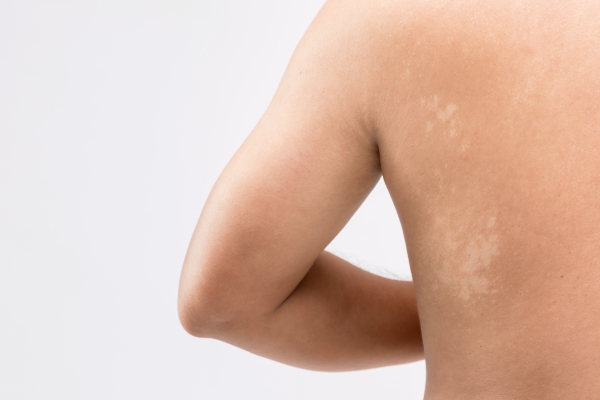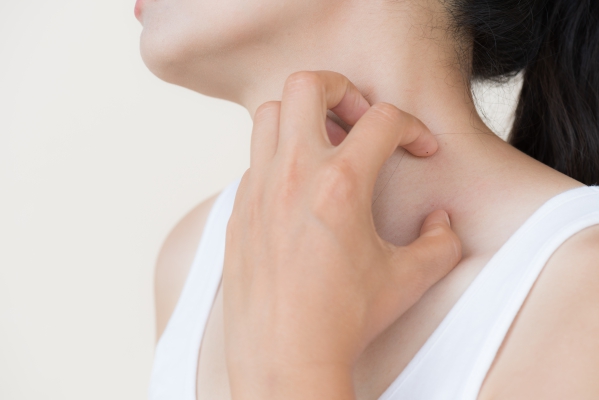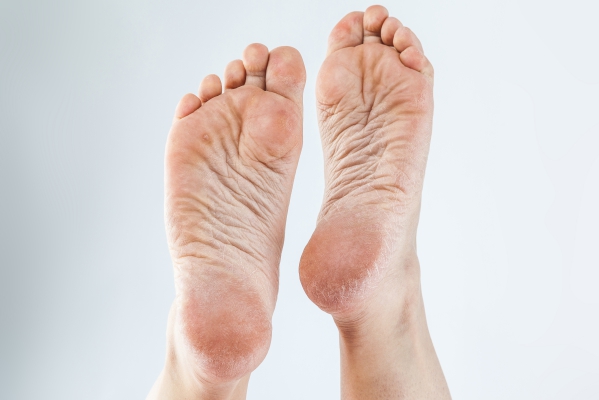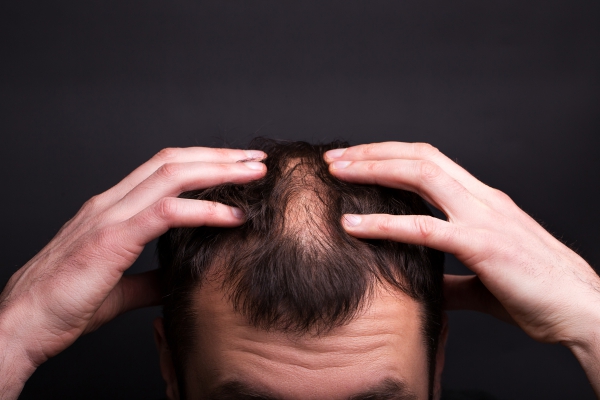What is Tinea cruris?
Tinea cruris, most commonly known as jock itch, is an itchy superficial fungal infection of the groin and surrounding skin. It is the second most common cause of skin infection due to a fungus. The name “jock itch” comes from the fact that it affects most commonly athletes as they tend to sweat a lot in the groin area. Despite being a benign condition, tinea cruris is a common and important clinical problem which may, in some cases be difficult to diagnose and treat.
In the United States, tinea cruris accounts for around 10-20% of visits to the dermatologists. It can occur all around the world, but is more common in hot and humid areas. Tinea cruris is a skin condition that affects mostly men compared to women, as statistics show that men are 3 times more likely to be affected compared to females. It has also been observed that it occurs more commonly among adults compared to children. Obesity and diabetes has also shown to be closely related to jock itch.
Tinea cruris forms part of the family of tinea infections which include tinea barbae, tinea capitis, tinea corporis, tinea faciei, tinea nigra, tinea pedis and tinea versicolor.
What are the causes and risk factors for Tinea cruris?
Tinea cruris is a skin infection caused by a fungus. These include Trichophyton rubrum and Epidermophyton floccosum. These pathogens grow in favourable conditions, that is, damp and closed environments. The same pathogens are known to cause athlete’s foot.

The fungus that causes tinea cruris can be transmitted through fomites such as contaminated towels or bedroom sheets. It can also be transferred to the groin from a contaminated hand or feet (tinea manuum and tinea pedis respectively). The fungus invades the superficial layer of the skin. This causes itching and reddening of the affected area.
The following factors increase your risk of having tinea cruris:
- Wearing tight-fitting clothes or undergarments
- Wearing wet clothes or undergarments
- Being a male
- Being a young adult
- Being overweight
- Sweating a lot
- Have diabetes or a weak immune system
What are the signs and symptoms of tinea cruris?
The following signs and symptoms may be present in tinea cruris:
- Itchiness
- Rash in the groin area
- Red circular rash which is usually symmetric
- Scales on the rash
The rash usually spares the penis and the scrotum but can extend to the buttocks or perineum.
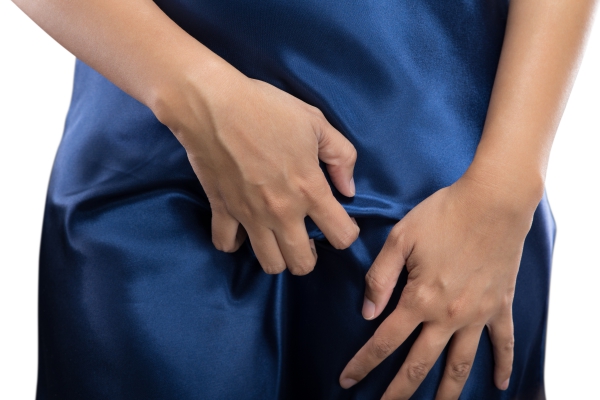
How is the diagnosis of tinea cruris made?
To make the diagnosis of tinea cruris, your doctor will start by asking you a series of questions to know more about your symptoms and risk factors. He/she will then proceed with a physical examination, focusing on the affected areas. Most of the time, the diagnosis of tinea cruris is made only through a history taking and physical examination, given its characteristic appearance. However, if the diagnosis if doubtful, further tests may have to be done.

A potassium hydroxide (KOH) test is usually helpful to make the diagnosis. In this test, the lesion is scraped and the obtained sample is placed on a microscope slide with some KOH solution. The slide is prepared in a particular way and observed under the microscope. The fungus is then identified.
Another test may include skin biopsy in which a special tool is used to obtain a sample of skin which is also observed under the microscope after a specific preparation.
How is tinea cruris managed?
If the diagnosis is properly made, tinea cruris is an easily treated condition. It responds very well to medications. Topical treatment is usually recommended and effective in the management of tinea cruris. They are usually applied to the lesion and at least 2 cm beyond the active border once or twice a day for a minimum of 2 weeks, depending on the medication used. Examples of topical medications used include topical azoles (for example: econazole, ketoconazole, clotrimazole, miconazole, oxiconazole, sertaconazole and sulconazole) and allylamines. To ensure resolution of the disease as well as to prevent recurrence, it is recommended to keep the groin folds dry and to use a different towel for the groin area and other parts of the body. If you also have co-existing athlete’s foot (tinea pedis), it is advised to treat it as well to prevent recurrence of tinea cruris.
How can tinea cruris be prevented?

Tinea cruris is a skin condition that tend to recur if necessary precautions are not taken. The following may help to prevent tinea cruris:
- If you are overweight, it is advised to lose weight.
- Keep the groin area dry especially after bathing using a clean towel.
- Avoid wearing tight fitting clothes or undergarments to prevent moisture build-up. It is also recommended not to wear wet or moist clothes.
- If you have athlete’s foot, wear your socks before wearing undergarments to prevent transfer of the fungus from the feet to the groin area.
- Antifungal powders may be used both to prevent recurrence of the disease as well as to keep the groin area dry.
What is the prognosis and complications of tinea cruris?
Tinea cruris is a benign, though bothersome, skin condition with an excellent prognosis, if the appropriate diagnosis is made and treatment is initiated. However, if the groin area is not kept dry, it is likely that the condition will recur. Tinea cruris does not lead to death. It is mostly associated with marked pruritus that triggers scratching. This can lead to secondary bacterial infection in the areas where you have been scratching. Furthermore, using the wrong medications on the lesions can make them worse.


Source:
Wiederkehr, M.,2020. Tinea Cruris
Pippin MM, Madden ML. Tinea Cruris. StatPearls [Internet]. 2020 Jan
Patel GA, Wiederkehr M, Schwartz RA. Tinea cruris in children. Cutis. 2009 Sep. 84(3):133-7.
Silva-Tavares H, Alchorne MM, Fischman O. Tinea cruris epidemiology (São Paulo, Brazil). Mycopathologia. 2001. 149(3):147-9.


